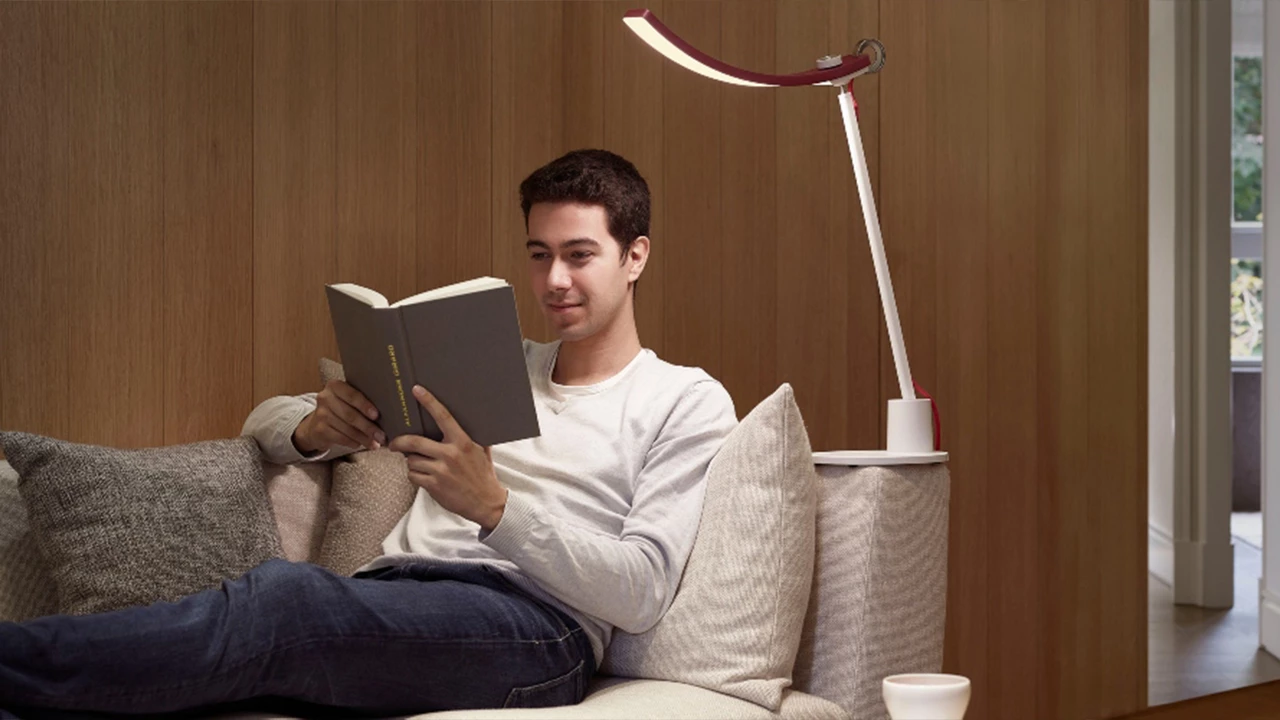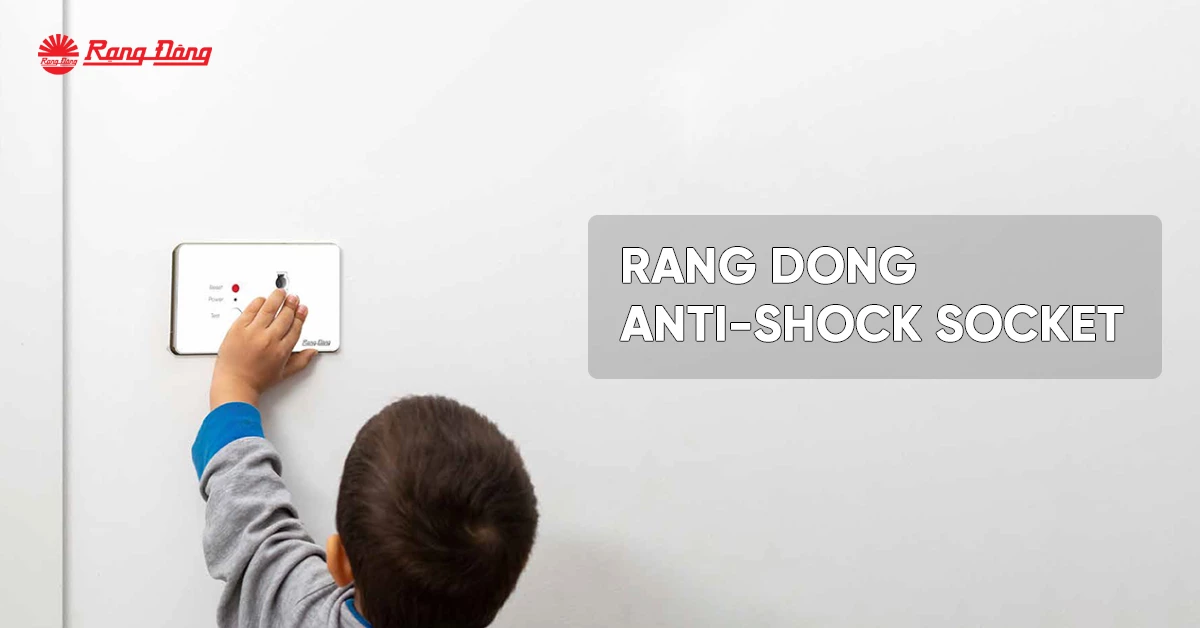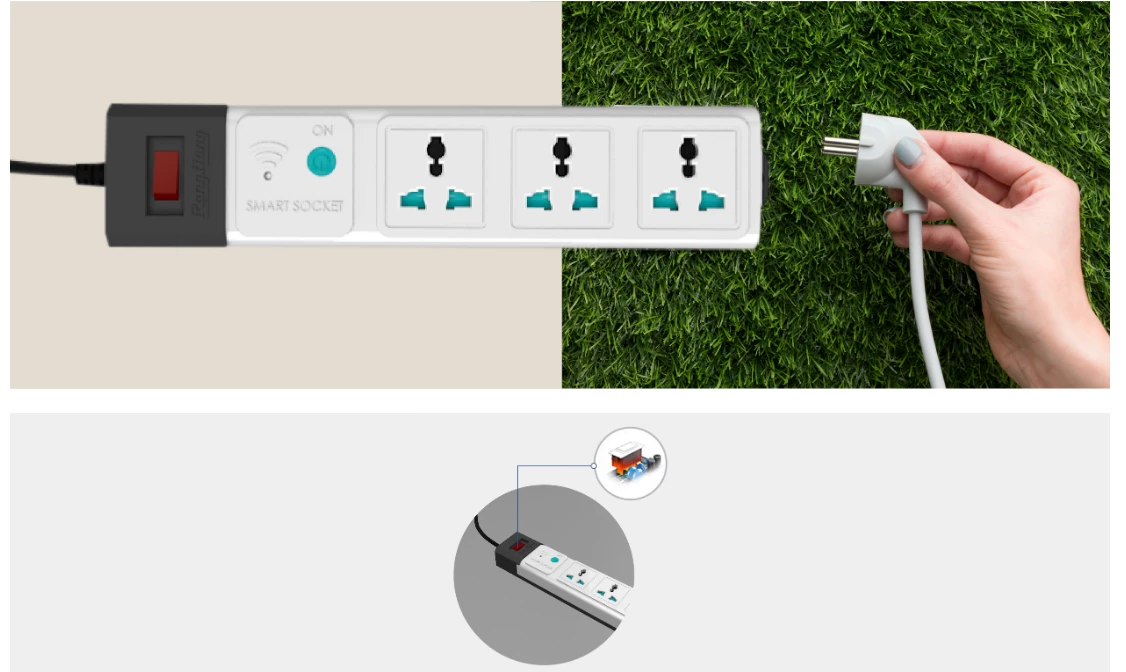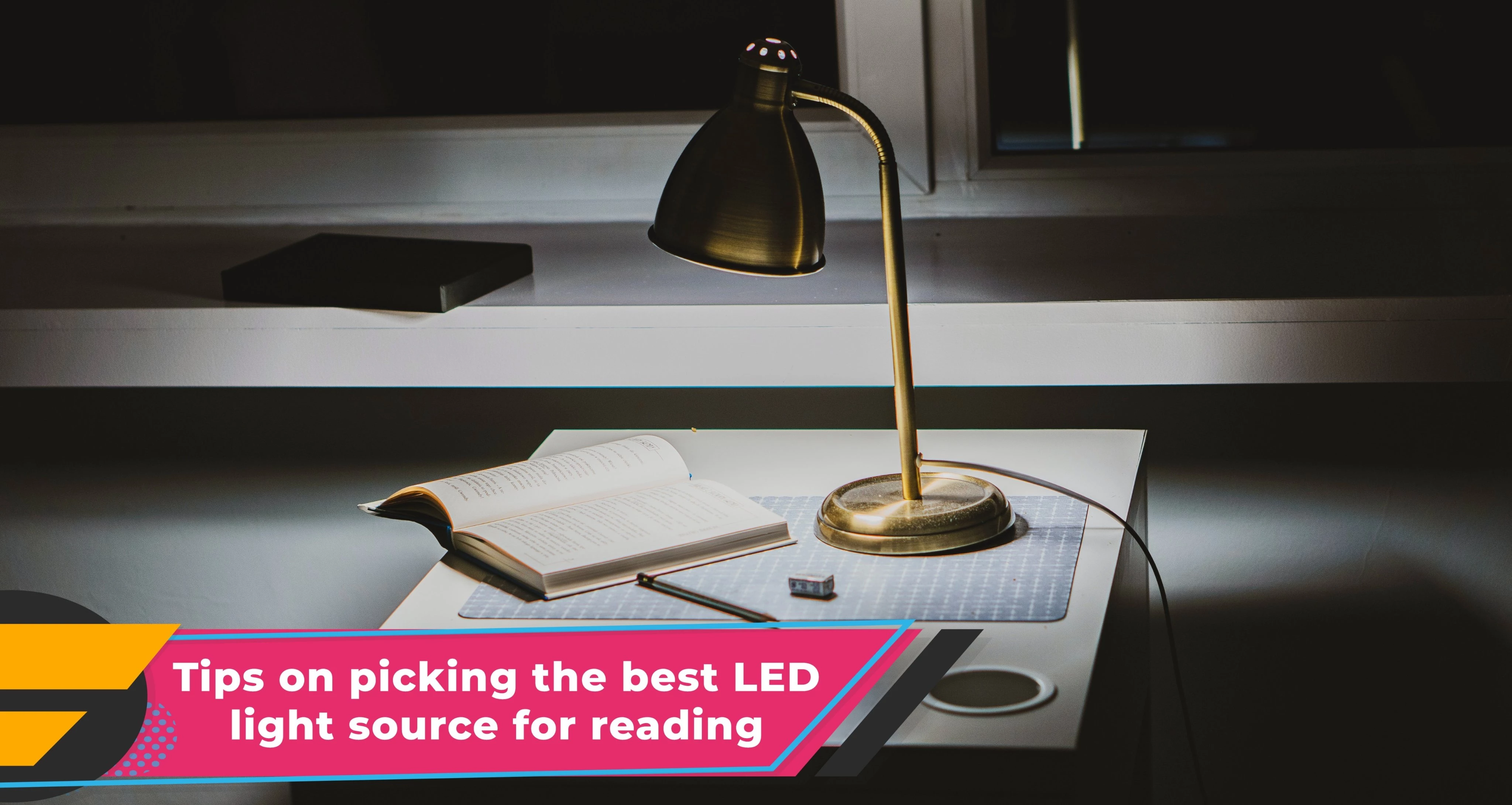
Tips on Choosing Best LED Light Source for Reading
Proper lighting is essential for a comfortable and enjoyable reading experience. A well-chosen LED light source not only improves concentration but also protects eyesight from unnecessary strain. Selecting the right LED light involves the consideration of several key factors. Please find below some tips on how to find the best companion for our reading.
Optimal Light Output for Reading
The amount of light affects both comfort and eye health while reading. Insufficient lighting strains the eyes, while overly bright light can be just as harmful. The optimal light output depends on the type of bulb used.
Traditional light bulbs: Experts recommend using a 40W bulb for reading, which provides adequate illumination without glare.
LED light sources: In LED technology, the light output is measured in lumens. An LED bulb with 400-450 lumens is equivalent to a 40W traditional bulb, providing sufficient brightness. Interestingly, these LED bulbs consume only about 5W of power, making them energy-efficient and cost-effective.

Choosing the Right Color Temperature
The color temperature of a light source affects how the brain responds and can influence on focus and relaxation. This is measured in Kelvin (K) and typically falls into three categories:
Warm light (below 3500K): Ideal for relaxing and casual reading, as it creates a cozy atmosphere that reduces tension. This is suitable for bedtime reading or unwinding with a novel.
Neutral light (3500-5000K): Offers a balanced, natural illumination that is comfortable for extended reading sessions. It supports concentration without causing eye fatigue.
Cool light (5000-6500K): Enhances focus and alertness, making it suitable for studying or tasks that require high concentration. However, using light above 6500K can strain the eyes and disrupt sleep patterns.
Adjusting Light for Personalized Comfort
A good reading lamp should offer adjustable features for maximum comfort.
Dimmers: Allow precise control over brightness to match different reading environments.
Color temperature controls: Some advanced LED lamps provide options to adjust color temperature, making it easy to switch between relaxing warm light and focus-enhancing cool light.
Ergonomic design: Look for lamps with adjustable arms and rotating heads to position the light precisely. Such a structure minimizes glare and shadows while giving a clear illumination to the text.
Eye Protection
In order to further protect eyesight, consider these additional features when choosing an LED light source.
Anti-glare technology: Reduces eye strain by evenly diffusing light across the page.
Flicker-free lighting: Ensures stable illumination without the subtle flicker that can cause headaches and fatigue over time.
Blue light reduction: Some LED lamps come with blue light filters to minimize the impact of blue wavelengths, which are known to affect sleep patterns and eye health.

Choosing the right LED light source is crucial for maintaining eye health and enhancing reading comfort. By selecting the appropriate light output, color temperature, and adjustability features, readers can enjoy long, comfortable reading sessions without straining their eyes.
Opting for advanced LED technology also provides energy efficiency and a personalized reading environment.
Thanks to the right selection of the LED light source, reading becomes more enjoyable and less tiring, making it an essential tool for students, book lovers and anyone who values eye health.
Should you have any questions or request a quotation of Rang Dong products, please send us an email to: export@rangdong.com.vn.
Websites: en.rangdong.com.vn and vacuumflask.rangdong.com.vn








